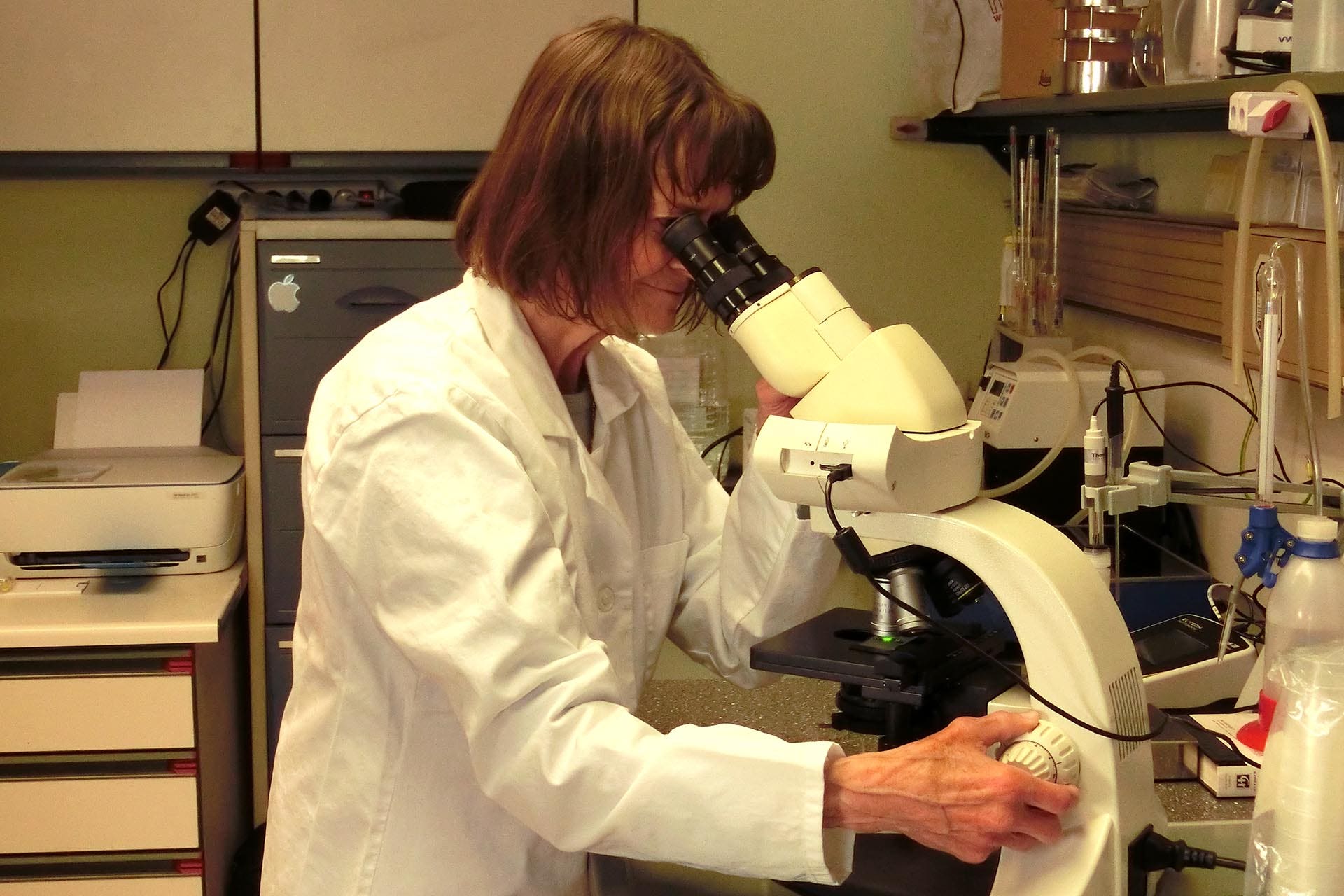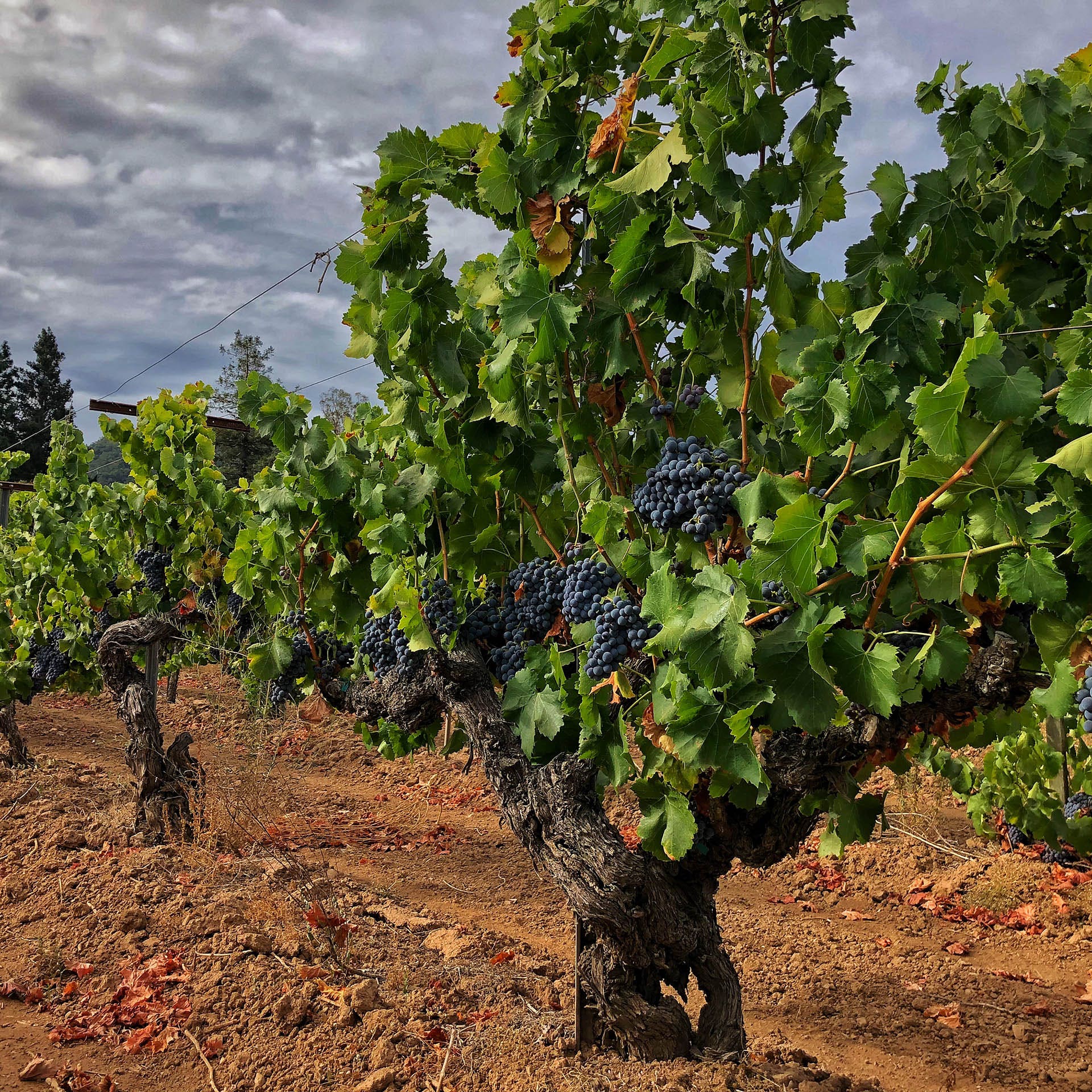Wine Enthusiast |
| What’s Causing Your Wine Headache? It Might Not Be Sulfites Posted: 24 May 2021 04:30 AM PDT  Sulfites have been said to cause adverse reactions in some wine drinkers, but a recent research paper by Sophie Parker-Thomson argues that bottlings made without added sulfites might be more apt to generate symptoms like headaches or watery eyes. Instead of sulfites, Parker-Thomson writes, the culprit is more likely to be a group of compounds called biogenic amines (BA). Present in all fermented food and drink, biogenic amines increase with food spoilage. They're produced from amino acids via enzymic activity in living organisms like microbes, most often a subset of bacteria. The best-known biogenic amine, histamine, is produced when microbes remove carbon dioxide from the amino acid histidine. Histamine is produced by the body and is involved in immune and allergic responses. If you experience hay fever, you might pop an antihistamine pill to decrease your body's production of this biogenic amine. Other biogenic amines found in food and wine include tyramine, putrescine and phenylethylamine. In large amounts, all can cause unpleasant side effects. It would be wrong to think of them as toxins, however, because each performs essential physiological roles. Normally, dietary biogenic amines aren't a problem because enzymes called monoamine oxidases (MAO) and diamine oxidases (DAO) metabolize them. But if these enzymes are inhibited, or if the compounds are present in excessive levels in food or drink, then they can cause responses like headaches, breathing difficulties, hypertension or hypotension, allergic reactions and palpitations.  Almost all wines have some sulfites added because they can ward off bad microbes and protect from oxidation. But at higher levels, some asthmatics experience adverse reactions. A wine with more than 10 milligrams per liter (mg/L) of sulfur dioxide must declare it "contains sulfites" on the label. Because of this, people who suffer adverse effects to some wines may blame it on the sulfites. Fortunately, it's simple to make wines with low biogenic amines by controlling microbial growth. A blast of sulfur dioxide at grape reception or crushing will eliminate bacteria and many wild yeasts from developing during the early stages of fermentation. "Higher pH and minimum SO2 addition certainly favor biogenic amine production, even at an early stage of reception of grapes," says Dr. Sibylle Krieger, head of research on wine bacteria at Lallemand Oenoloy. A dose of sulfur dioxide also clears the path for winemakers to add a selected strain of Saccharomyces cerevisiae for fermentation. When finished, winemakers might choose to inoculate malolactic fermentation through a specific strain of lactic acid bacteria that has low biogenic amine production. Finally, the wine receives another substantial dose of sulfur dioxide to further protect against biogenic amines. If you want to achieve low sulfite levels, Krieger says, it's best to inoculate the wine to inhibit biogenic amine production. This prevents the bad microbes from taking residence. Many commercial wines are made with these biogenic-amine-safe methods, but in recent years, premium wine producers have moved away from microbial control. And many natural wine proponents either avoid sulfites completely or add them only at bottling, resulting in wines that can have ample biogenic amines.  And so, the question for all winemakers to consider is: How much is too much BA? There are no legal limits in food, apart from fish. Will biogenic amines in wines, even those made without added sulfites, ever be problematic for the vast majority of consumers? In her research paper, Parker-Thomson states that wines made without a high degree of microbial control should have a warning label. "There is also a strong argument that wines with very high BA levels should carry a warning, as these toxic levels pose a risk even to healthy individuals when moderate amounts of these wines are consumed," she writes. "The results of this study show that wines made with no-low-SO2 are most likely to have the highest BA levels. "If SO2 additions are unconscionable for the natural wine movement perhaps zero-added- SO2 wines should carry a mandatory high-BA warning unless they can prove otherwise," she writes. Doug Wregg, who works for Les Caves de Pyrene, a UK-based import agency that specializes in natural wine, takes issue with this. "This smacks of bureaucratic meddling, but it is based on a weird inversion of the truth," says Wregg. "Wine contains a myriad of substances, which may only be injurious to health when consumed in very high quantities. When you look at the lab results, there are traces of mercury in many wines. Would you put ‘contains mercury’ on the label?" He compares BA to sulfites, which are present in an array of foods. He mentions a recent, potentially allergic reaction he had to sulfites in mortadella. "Sulfite in itself is not toxic, but our diet, our lifestyle, can create intolerances and allergic reactions which are triggered by high sulfite levels," he says. "At least, according to my experience. "Finally, there is the thin-end-of-the-wedge argument," he says. "Labeling a wine as having high biogenic amines, which is a feature, rather than additive, you might as well add every single addition and process, in case one or other, singly or in combination, has a health implication for a particular individual. Most histamine-intolerant individuals know not to drink wine, red wine in particular."  Wine isn't particularly high in BA when compared to published levels found in other foods. Red wine contains 19.6 mg/L of histamine, while white wine has just 1.1 mg/L. Two-day old fish contains 209 mg/L, while canned tuna (60 mg/L), fermented soy (46.2 mg/L) and fresh fish (23 mg/L) all contain more histamines than wine. BA content is difficult to legislate because we don't know what levels are dangerous to most people. And individual reactions can vary dramatically. Some antidepressants can inhibit enzymes and cause amine sensitivity. Smokers reportedly show a 30% reduction in the activity of these enzymes. Alcohol can also suppress their activity. If authorities insist on a low-BA winemaking protocol, this would effectively kill the natural wine movement. To analyze wines for biogenic amines would place a significant cost and administrative burden on winegrowers. Not everyone is convinced that biogenic amines are a problem in wine. "There has always been some confusion between allergic responses to certain wines, and the first jump is usually that it is due to one of the biogenic amines," says wine scientist Roger Boulton, professor emeritus of enology at University of California, Davis. "I have never been convinced… that there is a link or an issue." Others point out that alcohol itself is a toxin. "Given that wine has typically 12–14% ethanol, a known carcinogen, I personally choose not to worry about these small concentrations of biogenic amines," says Marcus Herderich of the Australian Wine Research Institute (AWRI), an industry group. The AWRI surveyed mean histamine concentrations in Australian red and white wines from 2003–2009 and found they contained 1.75 and 0.59 mg/L, respectively. Its study claims that the levels of histamine needed to cause physiological responses would need to be much larger. "Adding unnecessary and unwarranted health warnings doesn't help anyone in the sector," says Herderich. "The principle of labeling for any potential problem compound in wine is complete nonsense." For wine lovers who are sensitive to biogenic amines, it might be best to avoid those that have been through malolactic fermentation. This information can be hard to find, though it includes most Rieslings and Sauvignon Blancs, and some Chardonnays. If reds are desired, seek those from a big brand that's likely to include hefty doses of sulfur dioxide from the start. But it's too soon, and perhaps counterproductive, to start flagging biogenic amines in wine as a health hazard. |
| In Santa Clara Valley, 111-Year-Old Vines Lie Just Beyond the Outlet Malls Posted: 24 May 2021 04:00 AM PDT  When wine grapes were planted in 1910 on what's known today as Besson Vineyard, vineyards sprawled throughout the Santa Clara Valley, from the redwood slopes of the Santa Cruz Mountains to the grassy foothills of East San Jose. But suburban development steadily swallowed this landscape, and only the most stubborn vines remained. These gnarled Grenache vines, located just west of the outlet malls of Gilroy, were purchased in 1949 by the Bessons, a family of shoemakers originally from Savoie, France who owned a Zinfandel vineyard up the road, which still exists, too. For decades, the roughly 10 acres of grapes were bottled in Randall "Bonny Doon" Grahm's Clos de Gilroy Grenache and were part of his Cigare Volant Rhône blend. "That vineyard would probably not be in the ground without Randall," says winemaker Tegan Passalacqua, who started to buy Besson grapes for his Sandlands brand in 2018. He became an old-vine fanatic in 2003, when he started to work at Turley Cellars, which controls numerous such vineyards across California. "It's hard not to fall in love with them," says Passalacqua, who cofounded the nonprofit Historic Vineyard Society in 2010 to register and educate the public about vineyards older than 50 years.  "We lamented that we were losing this oral tradition about how these vineyards were formed," he says. "We're trying to get people to tell stories." Besson's modern chapter began in 2012, when Bonny Doon alumni Alex Krause and John Locke of Birichino Wines took over the vineyard lease. "For me, this is the Goldilocks zone: warm enough to ripen completely, but still having, especially late in the season through the Hecker Pass gap, that maritime influence and cool nights that hang onto that freshness we really cherish," says Krause, who also sells grapes to Angela Osborne of A Tribute to Grace, and Ian Brand of I. Brand & Family. Though the climate is ideal for Grenache, most people believe that the age is what matters most at Besson. "Vines are like people," says Krause. "In their youth, they don't quite know what to do with their energy and don't apportion resources evenly. Older vines seem to have that balance established. They react to the environment that they're grown up with, and can handle drought better than young vines can. You end up with a more nuanced expression as long as you don't bastardize it and overpower it with your winemaking ego." Though most of the Grenache grapes go into Birichino's single-vineyard bottling, depending on the vintage, Locke and his team will also use the grapes in other expressions, like a pétillant-naturel, vin gris and sulfur-free bottling called Mr. Natural. They're most fascinated by the 10% of the Grenache harvest that Birichino puts through the appassimento method, which dries the grapes before they're pressed. "They go through this magical transformation," says Locke. "I don't think we know what's going on physiologically." Birichino also produces old-vine Zinfandel from the other Besson property up the road, and finds similarities to the Grenache. "There is this alpine amaro perfume that you find in fruit from that particular section of the Santa Clara Valley," says Locke, who points out that decomposed granite and clay soils dominate both vineyards. "It comes out with more age, too." Osborne first tried the Clos de Gilroy in 2002, and she built A Tribute to Grace as a Grenache brand. She met the Birichino team during her previous career as a wine broker. Osborne was able to buy some Besson fruit in 2013 when her Santa Barbara Highlands grapes struggled to ripen. "There's a presence to any wine that comes from something that's been alive that long," says Osborne, who sees "old-man, wise-wizard energy" in the vineyard. "You can never replicate it, and you also can't ignore it. It's very honest and it's very much what it is." She muses that these vines have gone through two World Wars, two pandemics and so many other global swings. "It's just incredibly humbling to hold berries that come from a vine that was planted over 100 years ago," says Osborne, who claims that she heard recent vineyard work revealed roots that went down 60 feet. "That just blows me away." That the vineyard still exists may be the most magical thing of all. "We're so fortunate that they haven't sold out that land," says Krause of the Bessons. The fifth generation of the family lives in the middle of the vineyard and makes a tiny bit of its own wine. "That corridor of [Highway] 101 has largely become a bedroom community of Silicon Valley, but they want to hold onto that tradition." |
| You are subscribed to email updates from Wine Enthusiast. To stop receiving these emails, you may unsubscribe now. | Email delivery powered by Google |
| Google, 1600 Amphitheatre Parkway, Mountain View, CA 94043, United States | |















0 comments:
Post a Comment